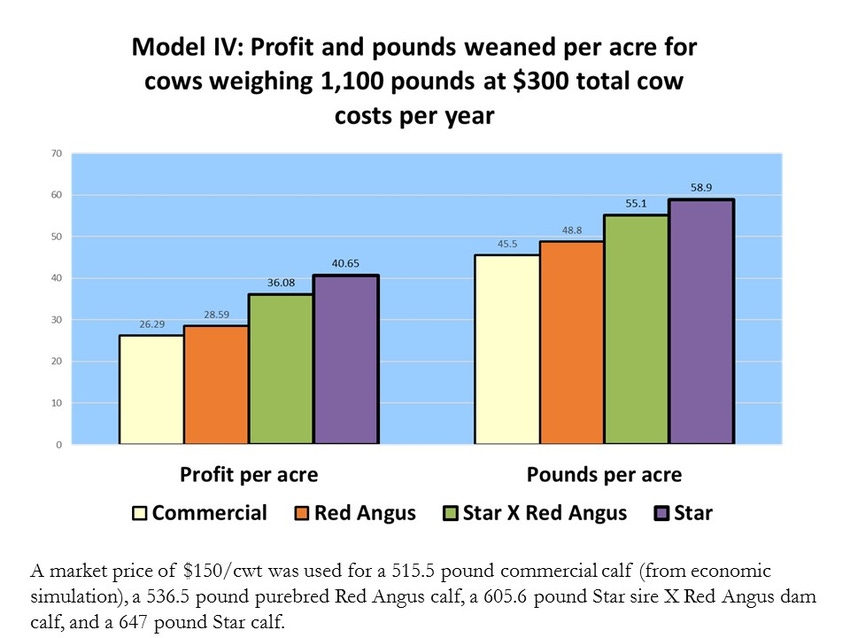
It's not often I write a story without going to visit a producer and look at his production, the grass, the cattle and so forth.
Steven Lukefahr of Kingsville in South Texas is an exception.
He keeps records so extensive that he has published data about his ranching operation in scientific journals and uses it in his teaching at Texas A&M University–Kingsville.
He has pictures, charts, data and a business plan.
He is decreasing costs and increasing production and profit all at the same time on a small, part-time operation.
I'm working on feature stories on Lukefahr's operation for possibly January and February in Beef Producer, and maybe earlier online.
His record shows once again that the right kind of management is more important than economies of scale, which is the only requirement some economists claim can give beef operations any advantage.
Here are some of the successes that make his story so intriguing.
He uses controlled grazing, although at relatively low stock density with only about 10 paddocks per herd in the past.
To match improvements in grazing, he has crossbred Red Angus cattle with African Tuli and Mediterranean/African Senepol cattle to achieve heat tolerance and hybrid vigor.
His profits have improved steadily from the beginning in 2004 through 2016, a 13-year period that included typical erratic South Texas weather.
His cow costs have dropped steadily. In 2015 his cow costs were $23 per acre, or $276 per cow, compared with USDA per-cow costs for 2015 of about $850.
His crossbred, heat-tolerant cattle are showing improved profitability from increased performance.
He lost one lease property this year and simply split those cattle up and rolled them into his other locations. He says he has been increasing stocking rate since 2014, anyway.
It has now been more than 15 years since he fed any hay.
Lukefahr does not count labor against his operation, but he does count all his lease costs and all other costs, including his driving expenses to properties miles from home.
So, to summarize Lukefahr's accomplishments, he has taken a small operation and created extremely low cow costs, a forage management plan that builds drought reserve and slowly builds stocking rate, and all on the side from his day job. This is rare.
You can read more about what he is doing and why he does it on his website: https://lukefahr-ranch.com/
About the Author(s)
You May Also Like




